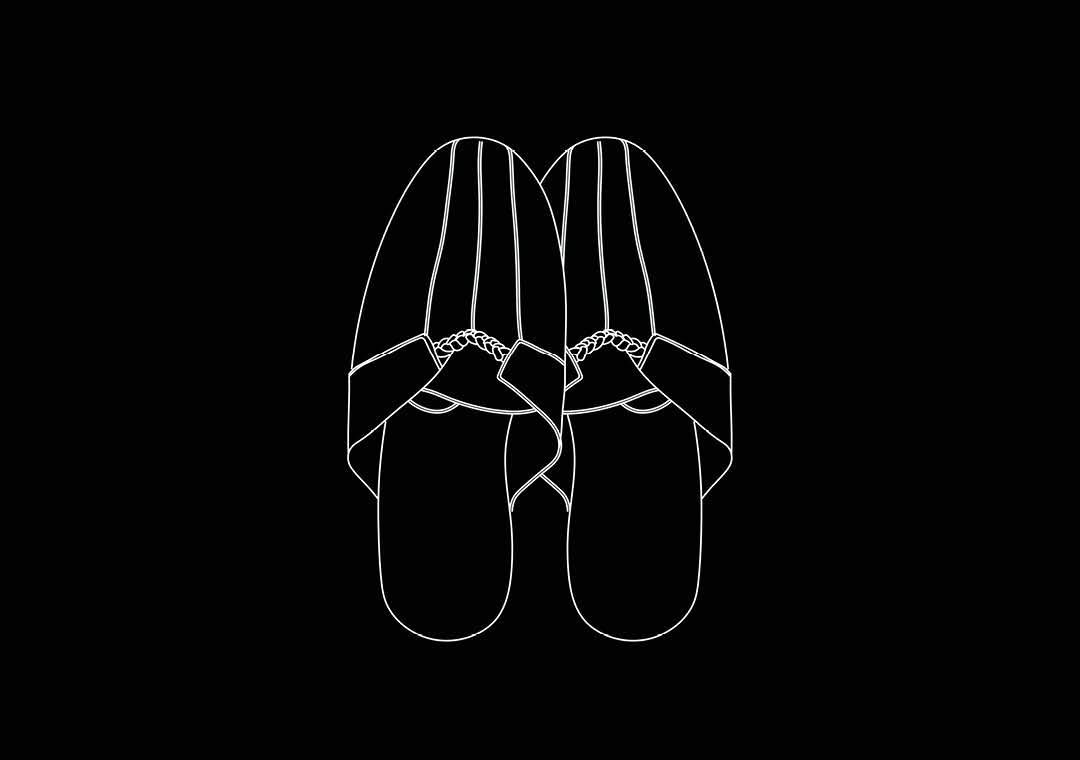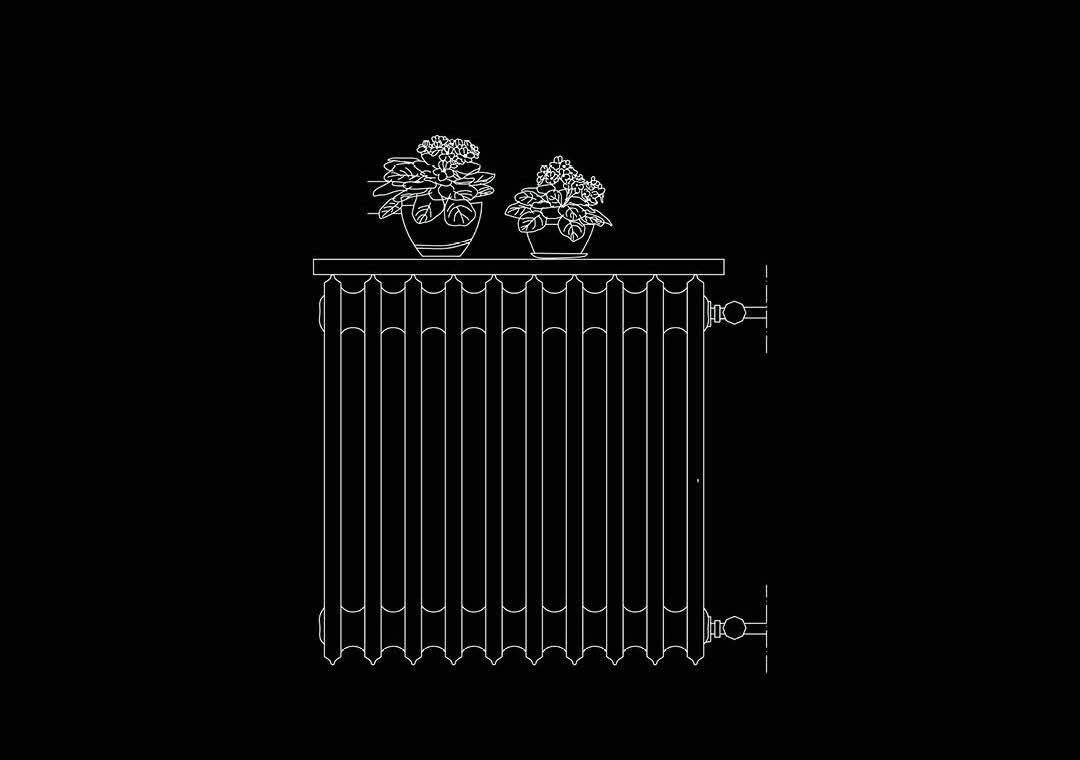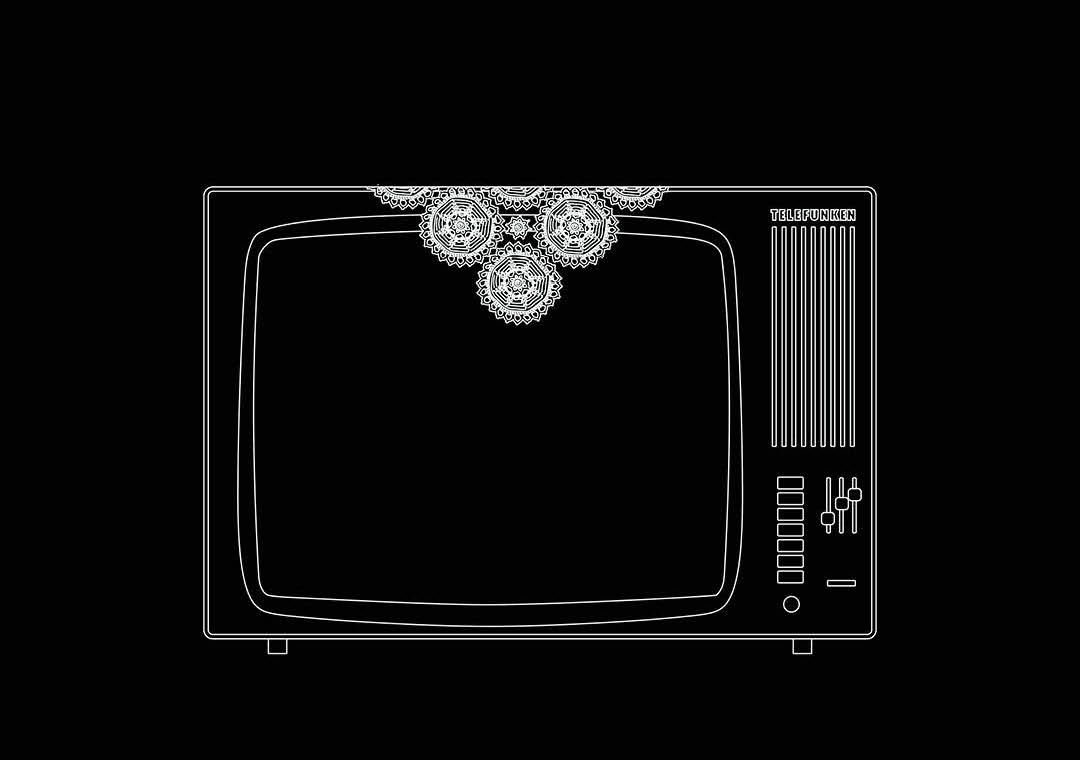One and the Many
Salt Galata
September 6 – November 13, 2016
SALT Galata, Floor -1
One and the Many is a research-based exhibition that looks into the production and distribution of things. It tackles the period 1955-95 in Turkey, by following the material results of gradual industrialization as well as its contingent infrastructural disposals. The exhibition frames the topic primarily via the stories of selected artifacts common to the 80s, a period when industrial products met a voluminous consumer market for the first time.
Following a shift in the mid-80s from a mixed to a liberal economy, for the first time ever producers in Turkey could trade in foreign currencies without ultimate supervision by the state. This economic novelty complemented the infrastructure of industrialization, which had been championed since the 50s by the private sector. It allowed the state to create a plan to develop local industries with the aim of providing for foreign customers and competing internationally. The booming economy translated itself into a variety of goods, forming a visibly and materially globalized Turkey, clustered in the country’s larger cities.
Turkey’s urban centers became the key places of transition, providing simultaneously, hand and machine made, local and global brands, comfortable and provident lifestyle choices. Due to the growing accessibility of global communication networks, international influences of the time were readily present. The immediate images of abundance and prosperity soon hatched into promises of upgraded lifestyles. Although this was interpreted as offering a plurality of opportunities, it was in fact more specifically understood as an expression of dichotomies in social status. Defining studies and commentaries of the period have extensively dealt with this phenomenon.
One and the Many traces a timeline through the period’s material culture, setting it in relation to how it was made accessible to the public gaze. By bringing together artifacts and stories from a wide variety of industries — including automotive, white goods, furniture, toy, stationery, pret-a-porter, textile, food and beverage, tableware, cutlery, and hygiene — the exhibition informs consumers of less known narratives and allows them to add information that will expand the research. It also bridges the period’s ripple effects on cultural economy by additionally introducing less common scenes from the practices of contemporary art and fashion: moments that expose the nurturing of a particular fascination with the concept of unique products. Bedri Baykam’s work titled This has been done before (1987), on the other hand, constituted a criticism of the perception that creativity could only have origins in the West, a prolific topic in modern art debates of the period.
The research and narrative of One and the Many are structured around the notion of genuine copies. Questioning our standard expectation of ingenuity versus the opportunity of building atop each other’s ideas, the exhibition suggests a fresh perspective on the history of production in Turkey. From the early-day assembly industry, to today’s abundant copyright infringing replicas, copies have been scrutinized from both economic and intellectual viewpoints. One and the Many invites users to value things per se, recognize the ingenuity prompted by circumstances and appreciate copying as a method of learning, one which the installation at SALT Galata has also embraced.
The exhibition and its accompanying programs are designed to provide multiple inclusive platforms for discussion on the topic. The research is continued in the form of a student workshop, where results and comments will be made available throughout the program. The audience is also invited to add their narrations on the central copy-table, which features domestic products from the period. Other public programs include talks and screenings.
One and the Many was produced with rich contributions from collaborating industries, professionals, consultants, academics and students who provided various ideas, content and narrations.
Research team
Meriç Öner, Dilek Himam, İlhan Ozan, Cem Kaya, Ayşe Coşkun Orlandi, Asya Ece Uzmay, Emirhan Altuner, Merve Dokumacı, Özüm Yelkencioğlu.
Design
Emirhan Altuner, Merve Dokumacı, Meriç Öner, Özgür Şahin.
Contributors
Ahmet Altekin, Atilla Argat, Hraç Aslanyan, Yahşi Baraz, Davut Beresi, Başak Gürsoy, Ali İhsan İlkbahar, Fatoş İnhan, Hüsnü Karagözoğlu, Sami Kariyo, Yıldırım Kaymal, Aytaç Kot, Jan Nahum, Adil Öztoprak, Baron von Plastik, Nalan Sakızlı, Hasan Subaşı, Arman Suciyan.
Adel; Arçelik; Bingo; Dalin; Evyap; Fatoş Toys; Ford Otosan; Gorbon Tiles; Hotiç; İGS; İnci Deri; Istanbul Toy Museum; Izmir University of Economics, Faculty of Fine Arts and Design; Jumbo; Kelebek; Migros; Mudo; Oyak Renault; Paşabahçe; Penti; Pınar; SEK; Selpak; TAMEK; Tofaş; Tofaş Bursa Anatolian Cars and Carriages Museum; Ülker; Vakko.
This exhibition is part of the five-year program The Uses of Art – The Legacy of 1848 and 1989, organized by L’Internationale.

One and the Many is a research-based exhibition that looks into the production and distribution of things. It tackles the period 1955-95 in Turkey, by following the material results of gradual industrialization as well as its contingent infrastructural disposals. The exhibition frames the topic primarily via the stories of selected artifacts common to the 80s, a period when industrial products met a voluminous consumer market for the first time.
Following a shift in the mid-80s from a mixed to a liberal economy, for the first time ever producers in Turkey could trade in foreign currencies without ultimate supervision by the state. This economic novelty complemented the infrastructure of industrialization, which had been championed since the 50s by the private sector. It allowed the state to create a plan to develop local industries with the aim of providing for foreign customers and competing internationally. The booming economy translated itself into a variety of goods, forming a visibly and materially globalized Turkey, clustered in the country’s larger cities.
Turkey’s urban centers became the key places of transition, providing simultaneously, hand and machine made, local and global brands, comfortable and provident lifestyle choices. Due to the growing accessibility of global communication networks, international influences of the time were readily present. The immediate images of abundance and prosperity soon hatched into promises of upgraded lifestyles. Although this was interpreted as offering a plurality of opportunities, it was in fact more specifically understood as an expression of dichotomies in social status. Defining studies and commentaries of the period have extensively dealt with this phenomenon.
One and the Many traces a timeline through the period’s material culture, setting it in relation to how it was made accessible to the public gaze. By bringing together artifacts and stories from a wide variety of industries — including automotive, white goods, furniture, toy, stationery, pret-a-porter, textile, food and beverage, tableware, cutlery, and hygiene — the exhibition informs consumers of less known narratives and allows them to add information that will expand the research. It also bridges the period’s ripple effects on cultural economy by additionally introducing less common scenes from the practices of contemporary art and fashion: moments that expose the nurturing of a particular fascination with the concept of unique products. Bedri Baykam’s work titled This has been done before (1987), on the other hand, constituted a criticism of the perception that creativity could only have origins in the West, a prolific topic in modern art debates of the period.
The research and narrative of One and the Many are structured around the notion of genuine copies. Questioning our standard expectation of ingenuity versus the opportunity of building atop each other’s ideas, the exhibition suggests a fresh perspective on the history of production in Turkey. From the early-day assembly industry, to today’s abundant copyright infringing replicas, copies have been scrutinized from both economic and intellectual viewpoints. One and the Many invites users to value things per se, recognize the ingenuity prompted by circumstances and appreciate copying as a method of learning, one which the installation at SALT Galata has also embraced.
The exhibition and its accompanying programs are designed to provide multiple inclusive platforms for discussion on the topic. The research is continued in the form of a student workshop, where results and comments will be made available throughout the program. The audience is also invited to add their narrations on the central copy-table, which features domestic products from the period. Other public programs include talks and screenings.
One and the Many was produced with rich contributions from collaborating industries, professionals, consultants, academics and students who provided various ideas, content and narrations.
Research team
Meriç Öner, Dilek Himam, İlhan Ozan, Cem Kaya, Ayşe Coşkun Orlandi, Asya Ece Uzmay, Emirhan Altuner, Merve Dokumacı, Özüm Yelkencioğlu.
Design
Emirhan Altuner, Merve Dokumacı, Meriç Öner, Özgür Şahin.
Contributors
Ahmet Altekin, Atilla Argat, Hraç Aslanyan, Yahşi Baraz, Davut Beresi, Başak Gürsoy, Ali İhsan İlkbahar, Fatoş İnhan, Hüsnü Karagözoğlu, Sami Kariyo, Yıldırım Kaymal, Aytaç Kot, Jan Nahum, Adil Öztoprak, Baron von Plastik, Nalan Sakızlı, Hasan Subaşı, Arman Suciyan.
Adel; Arçelik; Bingo; Dalin; Evyap; Fatoş Toys; Ford Otosan; Gorbon Tiles; Hotiç; İGS; İnci Deri; Istanbul Toy Museum; Izmir University of Economics, Faculty of Fine Arts and Design; Jumbo; Kelebek; Migros; Mudo; Oyak Renault; Paşabahçe; Penti; Pınar; SEK; Selpak; TAMEK; Tofaş; Tofaş Bursa Anatolian Cars and Carriages Museum; Ülker; Vakko.
This exhibition is part of the five-year program The Uses of Art – The Legacy of 1848 and 1989, organized by L’Internationale.





